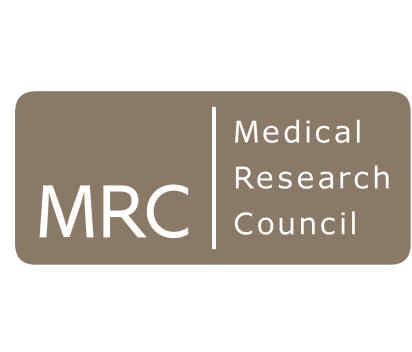BibTex format
@article{Carding:2017:10.1111/apt.14280,
author = {Carding, SR and Davis, N and Hoyles, L},
doi = {10.1111/apt.14280},
journal = {Alimentary Pharmacology and Therapeutics},
pages = {800--815},
title = {Review article: The human intestinal virome in health and disease},
url = {http://dx.doi.org/10.1111/apt.14280},
volume = {46},
year = {2017}
}
RIS format (EndNote, RefMan)
TY - JOUR
AB - Background: The human virome consists of animal-cell viruses causing transient infections, bacteriophage (phage) predators of bacteria and archaea, endogenous retroviruses, and viruses causing persistent and latent infections. High-throughput, inexpensive, sensitive sequencing methods and metagenomics have made it possible to study the contribution dsDNA, ssDNA and RNA virus-like particles make to the human virome, and in particular the intestinal virome. Aim: To review and evaluate the pioneering studies that have attempted to characterise the human virome and generated an increased interest in understanding how the intestinal virome might contribute to maintaining health, and the pathogenesis of chronic diseases. Methods: Relevant virome-related articles were selected for review following extensive language- and date-unrestricted, electronic searches of the literature.Results: The human intestinal virome is personalized and stable, and dominated by phages. It develops soon after birth in parallel with prokaryotic communities of the microbiota, becoming established during the first few years of life. By infecting specific populations of bacteria, phages can alter microbiota structure by killing host cells or altering their phenotype, enabling phages to contribute to maintaining intestinal homeostasis or to dysbiosis and the development of chronic infectious and autoimmune diseases including HIV infection and Crohn’s disease, respectively. Conclusions: Our understanding of the intestinal virome is fragmented and requires standardized methods for virus isolation and sequencing to provide a more complete picture of the virome, which is key to explaining the basis of virome–disease associations, and how enteric viruses can contribute to disease aetiologies and be rationalized as targets for interventions in disease states.
AU - Carding,SR
AU - Davis,N
AU - Hoyles,L
DO - 10.1111/apt.14280
EP - 815
PY - 2017///
SN - 1365-2036
SP - 800
TI - Review article: The human intestinal virome in health and disease
T2 - Alimentary Pharmacology and Therapeutics
UR - http://dx.doi.org/10.1111/apt.14280
UR - http://hdl.handle.net/10044/1/50379
VL - 46
ER -
